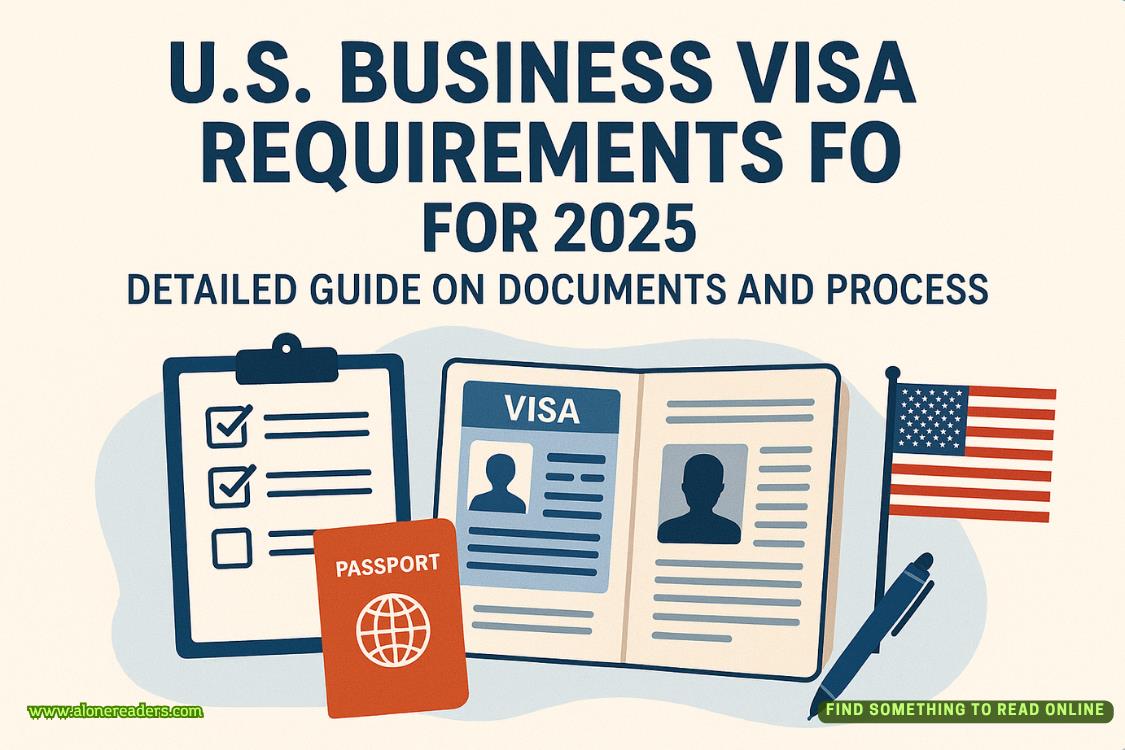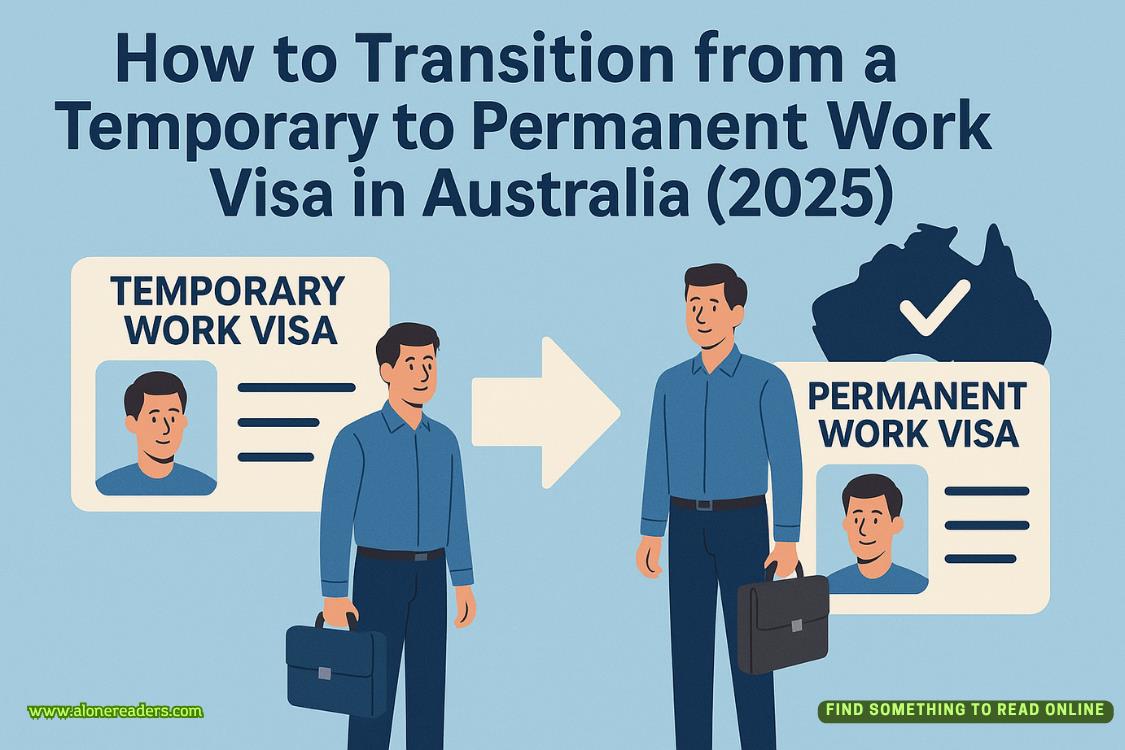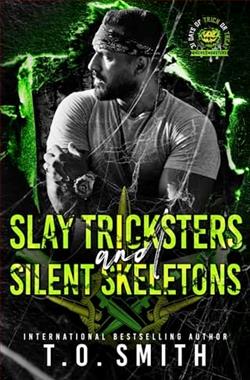Page 4 of The Texas Murders
I skipped the event last year, caught up in an investigation. But this year my captain called me up and told me he entered me in the contest.
“Rory,” he said to me, “the Texas Rangers didn’t win a single event the first year. I want you to change that.”
Wandering around, waiting for my competition, I stopped on a lark to watch the archery contest, mostly because I thought the archers deserved an audience as much as the shooters. As someone who’s honed his weapon skills to an art, I can appreciate the female officer’s dedication to become that good.
I step forward to go congratulate her, but before I get two feet, a hand clasps my shoulders.
“So you decided to show up this year?”
I turn to find a man dressed in a loose button-down shirt and a ball cap letteredFBI. He stands an inch or two under six feet, and has dark hair and a big, confident smile.
“Hey, Ryan,” I say, extending my hand. “Good to see you.”
It’s Ryan Logan, an FBI special agent in charge based out of Dallas. He and I have crossed paths a few times, but mostly we know each other through our reputations.
Ryan is a quick-draw specialist. Aside from having an impeccable record with the FBI, he spends his free time going to shooting competitions throughout Texas and the Southwest. Though my captain entered me this time, I’m no stranger to fast-draw competitions like this. In my twenties, I used to enter them for fun—and even won a few. But Ryan’s familiarity with this scene goes far beyond my experience. Going into today, I knew that as last year’s winner he’d be my toughest competition—the clear favorite.
Over the PA system, we hear an announcement that the fast-draw competition will begin in five minutes.
“Ready to have your ass handed to you?” Ryan says affably.
CHAPTER 2
I SLING MY duffel bag over my shoulder and walk with Ryan toward the fast-draw area. The shooting range spans acres set up for various events. We can hear thepop-popof trapshooting shotguns in the distance, as well as the less frequent report of rifles in a long-range event on the other side of the property. Although most of the competitions use wax bullets, not real rounds, keeping people safe with all this shooting going on requires a lot of organization and strict rules for crowd containment. The folks behind the event have done a good job.
“Congratulations on your medal, by the way,” Ryan says, as we wind our way through throngs of uniformed officers and spectators eating cotton candy and corn dogs. “The ceremony’s coming up soon, right?”
What we’re talking about is the Medal of Valor, the TexasRangers’ highest honor. Only a handful of Rangers have ever earned the award.
Next week, they’ll be giving it to two.
I’m getting one.
Unfortunately, the other award will be given posthumously.
My old lieutenant, Kyle Hendricks, died in the line of duty helping me make a major drug bust in West Texas last summer. I would just as soon have the focus be on Kyle’s sacrifice. But everyone in my life is treating the award like a big deal.
“How are things in Dallas?” I ask Ryan to change the subject.
“Oh, I’m not in Dallas anymore,” he says. “I’ve got a new assignment. I’m bouncing around state to state.”
Ryan explains that Congress has recently created a task force to investigate an epidemic of Native American women going missing each year. He’s been charged with coordinating the Southwest region’s arm of the task force, working with tribal, state, and local police, along with the Bureau of Indian Affairs and FBI.
“You must know the woman who just won the archery competition?” I ask, hooking my thumb back toward where we came from. “Have you worked with her?”
“Oh, I know her,” he says, rolling his eyes. “I wouldn’t exactly say we work together. Some of these reservation police don’t quite play nice with the federal government.”
Ryan and I arrive at the quick-draw area, where a large crowd has gathered. As we proceed to the shooting area, I can hear people talking about us—about Ryan being a competition ace, and about my reputation of being good with agun. Unlike Ryan, most of my shooting experience is in real-world situations.
As the competitors line up facing a wooden fence about thirty feet away, the event host briefs us on how the contest is going to work. Between us and the fence, metal targets two feet in diameter are displayed at about waist height.
The metal targets are coated in lithium grease to mark where the wax bullets strike. There’s a light, covered in Plexiglas, in the center of the target. And each target has an impact sensor that will clock the speed of the shot.
In fast-draw competitions, if the competitors are any good, no one will be able to tell who wins with only the naked eye.
In the first round, the targets are placed fifteen feet away. Then they’ll be moved back another three feet for the next round, and another three for the final. Twenty-one feet might not seem like a lot, but when you’re shooting from the hip, you’ve got to be a hell of a shot just to hit the target, let alone be able to do it with any kind of speed.
We get to shoot three times each round, and the average scores decide who moves on. The top two shooters from each group in the first round move on to the next, but after that it’s single elimination.















